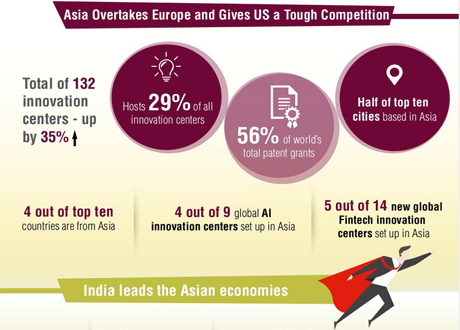Want to Build a Culture of Innovation? Then Seek Out Your Innovation Agents
‘No man is an island, entire of itself’ runs the saying and it should probably go on to say that no concept should be introduced in isolation either. In the VUCA world, we’re all challenged with constantly trying to do something new, to create lasting change, transformation and disruption. That challenge means it helps to have others on your side, adding their enthusiasm, energy, perspective and creativity to the mix. Why… because if there’s one truth about innovation, it’s that it’s definitely not a solo sport!











